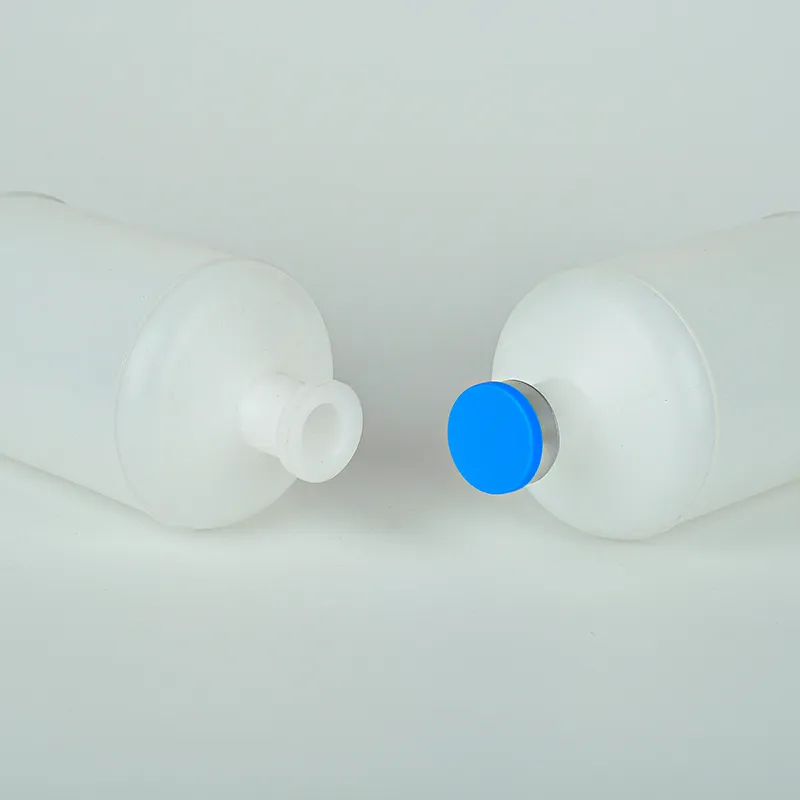Chemical Reagent Storage Solutions for Safe Laboratory Practices and Efficient Organization
The Essential Role of Chemical Reagent Bottles in Scientific Research
In the realm of scientific research and experimentation, the significance of chemical reagent bottles cannot be overstated. These containers, often made from glass or high-density polyethylene (HDPE), are designed to safely store a wide variety of chemical substances that researchers utilize in laboratories. Their importance extends beyond mere containment; they play a crucial role in ensuring the integrity, safety, and efficiency of chemical reactions and analyses.
Materials and Design
Chemical reagent bottles are available in numerous shapes and sizes, tailored to meet the diverse needs of various scientific disciplines. Glass bottles, typically used for volatile or reactive chemicals, offer excellent resistance to corrosion and high temperatures, making them suitable for storing acids and bases. On the other hand, HDPE bottles are lightweight, shatterproof, and resistant to many chemicals, making them ideal for less aggressive substances.
Most reagent bottles come equipped with features such as secure screw caps, dropper tops, or dispensing spouts to facilitate easy access while minimizing contamination risks. The design of these bottles adheres to strict safety and regulatory standards, ensuring that researchers can handle chemicals with confidence.
Labeling and Identification
Proper labeling of chemical reagent bottles is an integral aspect of laboratory safety. Each bottle should clearly display information such as the chemical name, concentration, hazards, and expiration date. Accurate labeling prevents confusion during experiments and helps in quickly identifying potential risks. Additionally, the use of standardized symbols and hazard warnings provides immediate visual cues regarding the nature of the substances contained within.
In recent years, advancements in technology have led to the development of digital labeling systems that allow real-time tracking and management of chemical inventories. This innovation aids in reducing human error and enhances overall laboratory safety.
chemical reagent bottle

Storage and Safety Protocols
Correct storage practices for chemical reagent bottles are essential to minimize the risk of accidents. These bottles should be stored in a cool, dry place, away from direct sunlight and incompatible materials. Laboratories often employ specific shelving systems that separate chemicals based on their compatibility, ensuring that reactive substances do not come into contact with one another.
Safety protocols extend beyond storage, involving the regular inspection of bottles for signs of leaks, cracks, or labels that have faded. In the event of a spill, having a clear understanding of the chemicals stored in the bottles, aided by proper labeling, streamlines the response process. Laboratories often have spill kits and safety data sheets readily available to tackle emergencies effectively.
Environmental Considerations
With growing awareness of environmental issues, the chemical industry has made strides toward more sustainable practices. Many manufacturers are now producing reagent bottles made from recyclable materials, reducing the ecological footprint associated with laboratory operations. Additionally, initiatives such as refill programs encourage the reuse of bottles, lessening the demand for new plastic production.
Conclusion
Chemical reagent bottles are more than just containers; they are critical components of scientific inquiry and experimentation. Their role in maintaining the integrity and safety of chemicals cannot be overlooked. Through careful selection of materials, adherence to labeling and storage protocols, and consideration of environmental impacts, laboratories can ensure that they wield these tools effectively. As science continues to advance, the evolution of chemical reagent bottle design and usage will undoubtedly adapt to meet the complex needs of researchers, ultimately fostering innovation and discovery in the scientific community.
In conclusion, as we continue to explore and manipulate the building blocks of matter, the humble chemical reagent bottle remains a steadfast companion in the pursuit of knowledge, embodying the principles of safety, efficiency, and environmental consciousness that are central to modern scientific practice.
-
Aesthetic Makeup Spray Bottles | Fine Mist Empty RefillableNewsAug.19,2025
-
White Plastic Veterinary Vaccine Vials | Lab Liquid BottlesNewsAug.18,2025
-
Plastic Medicine Liquid Bottle: Secure Flip Top Drug VialsNewsAug.17,2025
-
Durable 250ml Blue Plastic Vaccine Vial for Lab & Vet UseNewsAug.16,2025
-
Sterile Virus Sample Tubes: Secure & Reliable Specimen CollectionNewsAug.15,2025
-
White 250ml Plastic Vaccine Vial for Lab & Vet MedicineNewsAug.14,2025
























